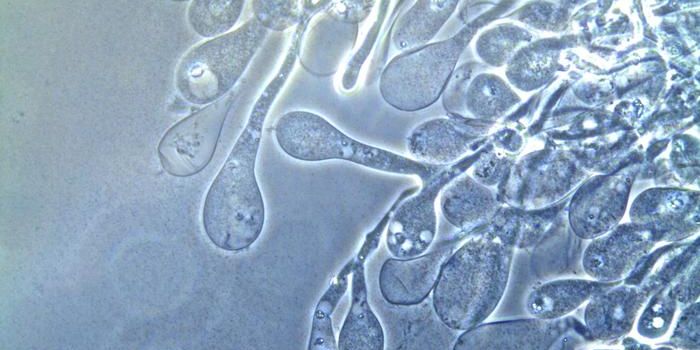NASA Plans to Send a Probe to Europa by the 2020s
NASA is officially in the works of a probe that will one day visit Europa, which is one of the many mysterious moons orbiting Jupiter, the Solar System’s largest-known planet.
Image Credit: M. Carroll/NASA
Europa has long been a target of interest by the space agency because the conditions there are potentially habitable for certain life forms to exist.
While the surface looks to be a rocky and desolate wasteland from a first glance, some experts think it’s entirely possible that a subsurface ocean exists just below Europa’s crust. Unfortunately, there’s no way to tell without drilling.
Sometime between 2024 and 2025, NASA expects to send a probe into space that will head towards Europa and hang out in the system for a while, flying past the moon over and over as many as 45 times until enough data about it is captured and can be analyzed by scientists.
The goal is to take high-resolution photographs that might help shed some light on the mysteries of the surface composition and whether or not a subsurface ocean exists. Other instruments will be searching for traces of water, whether they’re frozen, vaporized in the atmosphere, or running along the surface.
Such observations may help NASA to further study the possibility of water flumes, evidence of which has been captured by NASA’s Hubble Space Telescope repeatedly after water vapor continues to be noticed just above the moon’s South Pole.
If anything is found that indicates the possibility of life or even a subsurface ocean, a lander could eventually be dispatched at a future date to observe the surface for any traces of life, or more importantly, to probe deeper.
The initial mission has already completed a design review, which is good news for scientists who are itching to learn more about our Solar System and whether or not life exists in any other place besides Earth.
This means that scientists have already decided what kinds of instruments such a probe will have, and now they’re moving on to the point where they actually build the instruments. Soon, they will be tested and then officially put together to form the actual spacecraft.
It should be very interesting to see if Europa is possible a habitable setting for any forms of life. Of course, the only way we’ll ever find out is to go there and examine it in person.









